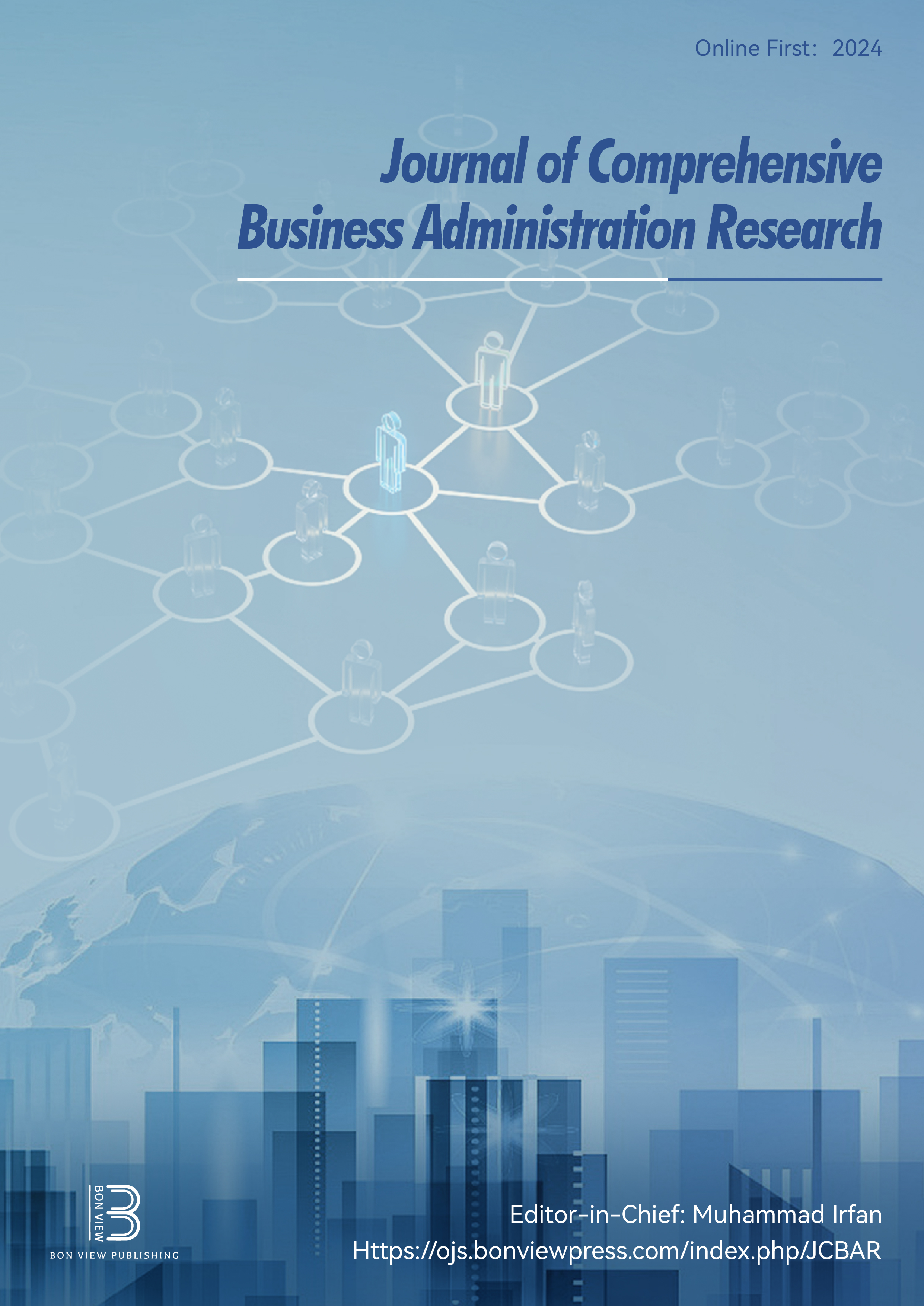The Steps of CSR from the Corporation with Participatory Communication Concepts: Analysis of Program KAIL from PT Pertamina Patra Niaga Integrated Terminal Gorontalo to MSMEs in Tenda Villages
DOI:
https://doi.org/10.47852/bonviewJCBAR52024111Keywords:
corporate social responsibility, PT Pertamina Patra Niaga Integrated Terminal Gorontalo, Tenda Villages, participatory communication, KAIL programAbstract
Corporate social responsibility (CSR) is a social activity carried out by a company as a form of concern for the welfare of society in the social, economic, and environmental fields, and it is expected to become a sustainable development program. One of the companies analyzed in this research is PT Pertamina Patra Niaga Integrated Terminal Gorontalo, located in Tenda Village. Since its establishment and operation in Gorontalo City, CSR PT Pertamina Patra Niaga Integrated Terminal Gorontalo has had a community empowerment program. One of the CSR programs implemented is the Sea Products Community (KAIL) program. This program focuses on developing culinary businesses, especially processing tuna fish into food ingredients to create jobs for mothers in Tenda Village, increasing economic growth, and optimizing existing Gita Cookies MSMEs. The problem that will be analyzed in this research is communication between PT Pertamina Patra Niaga Integrated Terminal Gorontalo and the Sea Products Community. This research uses participatory communication theory, namely, two-way communication, which actively involves the community in CSR activities. Meanwhile, this research uses a qualitative approach with a descriptive type of approach. The techniques used in collecting data were in-depth interviews and observation. The research results show that PT Pertamina Patra Niaga Integrated Terminal Gorontalo involves the community of Tenda Village in implementing the program. PT Pertamina Patra Niaga Integrated Terminal Gorontalo is the information provider, and the KAIL group is the recipient of the information, taking place in one direction. Meanwhile, dialogical communication is carried out using dialogue with the aim of monitoring programs for the Sea Products Community. Multi-track communication was also carried out by presenting stakeholders with the KAIL program.
Received: 16 August 2024 | Revised: 13 December 2024 | Accepted: 18 April 2025
Conflicts of Interest
The authors declare that they have no conflicts of interest to this work.
Data Availability Statement
The data that support this work are available upon reasonable request to the corresponding author.
Author Contribution Statement
Invabil Febrian Mardjun: Conceptualization, Methodology, Software, Validation, Formal analysis, Investigation, Resources, Data curation, Writing – original draft, Writing – review & editing, Visualization, Funding acquisition. Citra F.I.L. Dano Putri: Conceptualization, Validation, Supervision. Siti Mayasari Pakaya: Methodology, Software, Formal analysis, Investigation, Resources, Writing – review & editing, Supervision, Project administration.
Downloads
Published
Issue
Section
License
Copyright (c) 2025 Authors

This work is licensed under a Creative Commons Attribution 4.0 International License.


